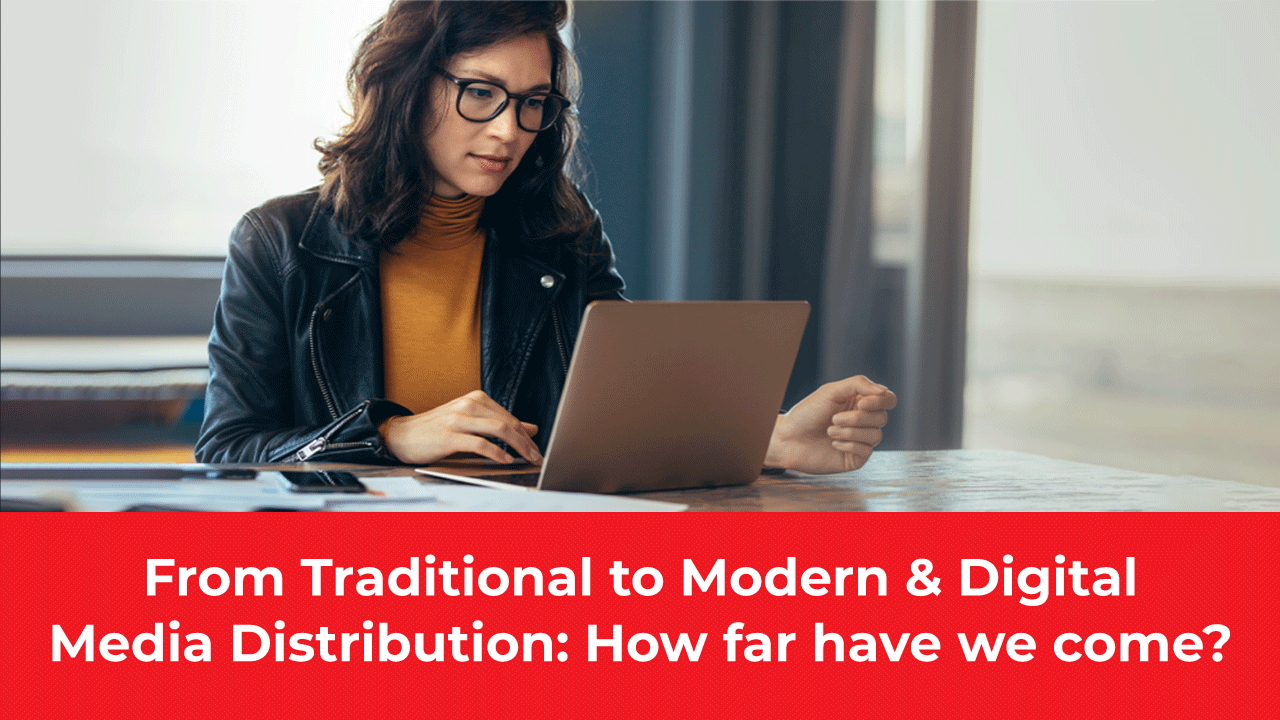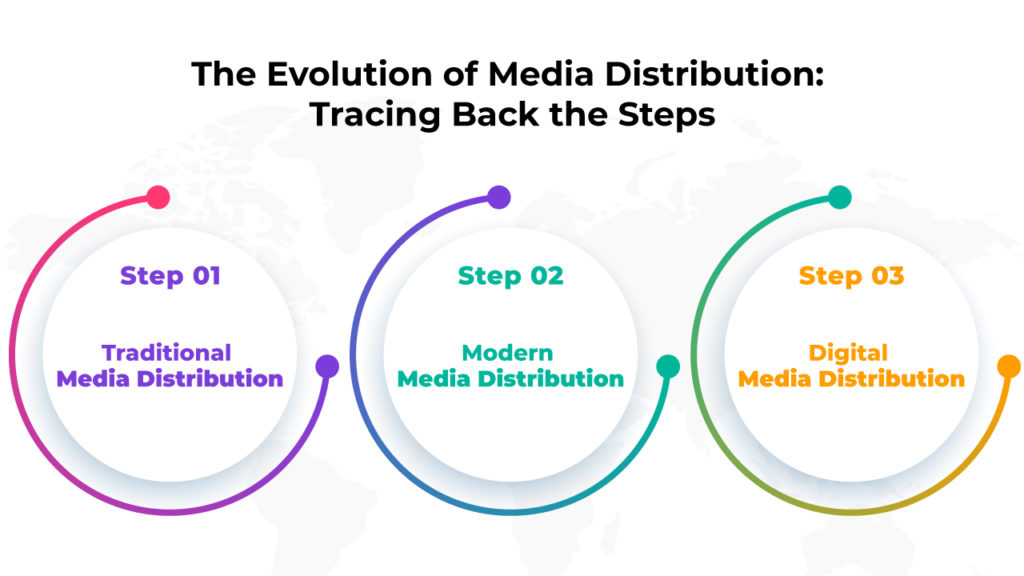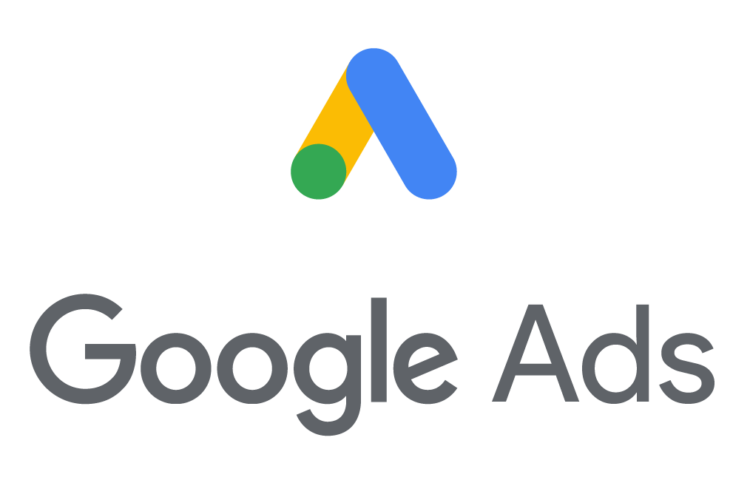
Advertising has changed as much from TV to the internet, as it did from billboards and radio adverts to TV. With that being said, it is very unlikely that anything in the future will top social media marketing and digital media distribution; it’s already proven itself to be the most efficient way of distributing media content across the globe in a matter of minutes, with the most precise targeting of any market research ever before.
Still, we never know. There might be something that could eventually make social media marketing as irrelevant as radio or billboards are becoming today. But while we are at, let’s look into the evolution of media distribution; from traditional to modern and the current prodigy that is digital media distribution.
Here’s how far we’ve come.
So, for our first foray into this topic, let’s have a look at what basically is media distribution, of all the persuasions listed above. Media distribution, as the name suggests, is basically how you distribute content en masse. For instance, take the simple case of marketing, in the most conventional sense of the word.
Marketing only works when your advert (content, media) is distributed across a large tract of people, large enough that anyone willing to acquire your product or service sees it, hear about it, and goes and purchases it. It is the basic constituent of everything from marketing, advertising to social media marketing and even basic communication (at some point).
Now that we’ve made it clear that media distribution is something that is very much fundamental to today’s economy, let’s delve deeper into the origins, the evolution; the genesis to the current iteration of media distribution and how far we’ve come. Lastly, we’ll also take a look at what can be expected from the future in this particular segment.
The Evolution Of Media Distribution: Tracing Back The Steps
Like any good historian, before we go into the separation and explanation of the steps, we must first retrace and list the steps that perfectly chronicle the evolution. And so, here is the evolution of media distribution, chronicled in three steps,
- Traditional Media Distribution
- Modern Media Distribution
- Digital media Distribution
Now you might be wondering, traditional and digital are the two eras that everybody knows; just what the hell do you include in modern media distribution? Well, all about it and more in the details of these three steps.

1. Traditional Media Distribution
We start the process of media distribution and essentially the genesis of advertising and marketing with traditional media distribution; which is essentially one of the first iterations of what media distribution came to evolve into over the next few decades. So, the traditional media distribution entailed in it some concepts that are still around, but are mostly being labelled as redundant now that the consumer base has shifted to social media.
Let’s talk about print advertising, because it is the forerunner and forebear of modern marketing and even digital marketing today. The concepts embedded in print marketing are some that we use even today; for instance, the use of catchy words and headlines to attract the reader’s attention. Even something as contemporary and tech-savvy as press release marketing of today utilises the concept of captivating your audience with written content, not digital or pictorial content.
Then we include in the billboards, because you cannot talk about marketing and then forget billboards. You might not have read a magazine or newspaper your whole life, but if you’ve ever gone outside, we’re prepared to bet you’ve seen a billboard with a message on it. This is the ingenuity of the traditional media distribution; it uses size to its advantage and the fact that you’re stuck in traffic with nothing to do but stare at that giant colourful board in front of you. That is basically what the traditional media distribution is all about; attracting the reader with words and colours. And it was effective because it allowed marketing to segue on to the next generation; what we term the ‘modern’ media distribution techniques.
One of the final examples of traditional media distribution is a bit of a controversial option among the denizens of marketing classes; radio. Despite the fact that it is quickly being phased out (at least for civilian entertainment uses), radio is still not only around, but is still being used as a means of marketing and media distribution, which either is a sign of its efficacy and usefulness or we humans are really bad at letting things go. Either way, we also include radio in traditional means as in its heyday, radio used to be the only way with which people could stay informed and connected with the cultural zeitgeist of the time, and while it may have lost its touch over the years, it’s still a pretty cost-efficient option for today.
2. Modern Media Distribution
Right off the bat, let us tell you that we include TV advertising in the modern media distribution. As with every other step in the evolution of media distribution, many consider TV advertising the single most significant step and milestone in the evolution, simply because it introduced the world to what can simply be called ‘moving pictures. This was such a big move for advertising and marketing in particular that many consider it to have a step of its own, a milestone of its own.
Prior to that, we had only seen what was printed in the newspapers (that obviously couldn’t move or talk). We had the radio, but it didn’t play pictures or movies (obviously). So, you could say that TV combined the best of both worlds and gave us a taste of what was to come, in the form of the internet, in the form of digital marketing, in the form of social media marketing.
Read More: Top 6 Best SEO Tools For Digital Marketers & Agencies 2021
TV as a medium distributed both visual content, audio content and if you wanted it, words. What it did was; it took the audio part from radio, took inspiration from the visual part from what billboards and print media had to offer, merged it together to form a medium of communication that is not only in play today and for the foreseeable future, but also has been adopted by social and digital media marketing. And that is because of the benefits it poses with respect to its transmission.
Whereas the previous mediums could only deal with a single format (audio, pictorial), TV merged both and bumped it up a notch, including video in the format. This video audio delivery allowed for television to absolutely boom when it came to marketing; entire shows and segments were created to accommodate the increased influx of advertisements and requests for advertisement space; this allowed for television to become a driving force behind many things, including affecting the way people saw the President of the United States among many, many other generation-defining changes.
The modern media distribution of television also allowed for many other aspects of marketing which are carried to date; the inclusion of brand ambassadors, influencers and celebrities endorsing products, services and even presidents: this was all made possible by the advent of television and its uses in the marketing sector which also saw tremendous growth, as more and more businesses and firms started utilising the medium and saw potential in what was the Eureka! moment of the advertising fraternity.
3. Digital Media Distribution- The Final Frontier
For the contemporary and final iteration of media distribution, we have digital media distribution, complemented by the equally revolutionary internet and the advent of social media marketing, which has changed the longstanding perceptions about media distribution, marketing and how to basically undertake the giant responsibility that is marketing. So let’s get into the details of the final frontier, the final step in the long journey of media distribution, from its stages of infancy to the absolute juggernaut we see today.
So, let’s start with the genesis of digital media distribution. It all starts with social media platforms and search engines; social media platforms gave us social media marketing, whereas search engines led to us developing search engine optimisation (SEO), that are both part of the suite of services that encompass digital media distribution. Let’s get into social media marketing.
An estimated 3.6 billion people use the internet. That’s more than half the population of the world. Imagine if this big a number subscribed to a TV channel or tuned in to a particular frequency on a radio channel. Or if this big a number bought a particular newspaper. Can you imagine the advertising premiums? The costs of running an advert on such a channel that boasted 3.6 billion viewers at any time of the day. Astronomical, right?
Well, social media removed just this big hiccup from the process, thereby ensuring that it would be used as a marketing platform for decades to come. Subscribers pay no fees for Facebook, Twitter or to search Google for things of interest.
What they do pay with, is their identities, which means that as you search on Google, interact on Facebook and voice your opinions on Twitter, a profile of yours is made: complete with information derived from your visits on the internet. This data is then sold to advertisers, who then target their adverts to be directed to a person most likely to respond positively to them. That’s why there are no more irrelevant adverts today; only what you search and look up for.
This means that social media marketing boasts an important tool at its disposal; the fact that its market research and its targeting will never fail, nor will it yield anything less than an impressive result. This makes social media platforms a dream come true for marketers and advertisers, as they don’t have to spend money on research, just look for what is trending and go with the flow.
In comes SEO, which will also play out with our piece de resistance of digital media distribution. As mentioned beforehand, search engine optimization is when you look up ‘burgers’ online, and the local Mickey D’s pops up. Behind the scenes, the golden arches optimised their website with good content and whatnot, allowing Google to rank their website among the top searches. What this means is, as impatient we are for lunch, we click on the first link we see and do our business there; which is exactly what makes SEO such a crucial part of today’s digitised world.
Press Release Marketing In Media Distribution
Press release marketing is a big part of contemporary digital media distribution, which is evident by the fact that it is fast becoming one of the most cost-efficient marketing tools of modern times. It takes creative input from the olden days of press releases; word of mouth strategy, catchy headlines and whatnot. What’s more, since it utilises the digital medium, you now have the option of attaching pictures and videos with it; making it even more potent of a marketing tool.
A tool this lucrative, you can bet your bottom dollar the market is full of firms offering their services for this: but there are only a few of the best press release distribution services in the market, and they all promise results that will make you forget TV advertisement, which is, in turn, now seen as a cumbersome and cost-intensive process as compared to those of social media marketing.
Choosing the best out of a basketful of press release distribution services can be difficult, but it can be made much easier if you know what you are looking for and what you are requiring from a service provider. Modern press release marketing utilises all the performance-oriented aspects of social media marketing, digital media distribution and SEO marketing, making it an absolute powerhouse of marketing in the modern era at a fraction of the price.
To Conclude
From the early days of newspapers and radio adverts to the modern-day social media and digital media distribution practices, we have certainly come a long way. And for the best; we now enjoy far more better results than that of our marketing predecessors, at a much lower cost than that of press or TV marketing. The evolution of media distribution has allowed for a much better marketplace overall; as competition allows for product betterment, social media marketing has certainly made it possible for us to enjoy the better things in life.





